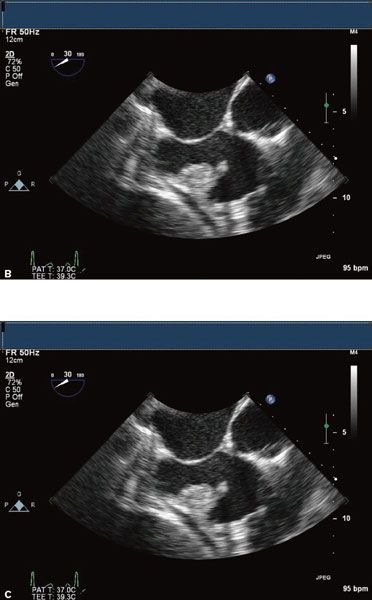
During the assessment of patients with severe or symptomatic aortic stenosis, a clinically detectable delay between the brachial and radial pulses was observed. This delay was not present in normal subjects. The timed delay of 53.5 (SE 2.6) ms in severe aortic stenosis was significantly longer than. Simultaneous palpation of two pulses can be diagnostic in radiofemoral delay. Normally the femoral and the radial pulses occur simultaneously.When the femoral pulse lags behind the radial (radio-femoral delay), occlusion of the aorta either due to coarctation or atherosclerosis is diagnosed. Reduced amplitude and delayed timing of the pulses in the lower body compared to the pulses in the upper body.
Cardiology , notes , practical notes , pulse , vitals monitoring , vitals monitoring.
Radio-femoral delay. Palpate the radial pulse while the patient lies on the exam table while simultaneously palpating the femoral pulse on the ipsilateral side of patient; Palpate for a delay in pulsations between the radial and femoral pulse locations; A delay between the two pulses may indicate coarctation of the aorta. Causes of radio-femoral delay are the following Coarctation of the aorta (It is an important bedside diagnostic clue in a young hypertensive). Atherosclerosis of a.
Simultaneous palpation of two pulses can be diagnostic in radiofemoral delay. Normally the femoral and the radial pulses occur simultaneously.When the femoral pulse lags behind the radial (radio-femoral delay), occlusion of the aorta either due to coarctation or atherosclerosis is diagnosed. Reduced amplitude and delayed timing of the pulses in the lower body compared to the pulses in the upper body are classic features of aortic coarctation. All hypertensive patients should be examined for radiofemoral delay. Unilateral absence of a pulse can aid in the diagnosis of a dissected aortic aneurysm.
Radial pulse is located on the lateral of the wrist (radial artery). This can also be found in the anatomical snuff box.

Femoral pulse is located in the inner thigh, at the mid-inguinal point, halfway between the pubic symphysis and anterior superior iliac spine (femoral artery).
Diminished or absent femoral pulses indicating proximal occlusion is often seen in peripheral vascular disease.
What is the mechanism of radiofemoral delay?
Similar to aortic stenosis, coarctation of aorta cause a decrease in the rate of ejection of blood because of narrowing of vessel and the Venturi effect sucking the vessel walls inwards, it will create a reduction in the flow and amplitude of the pulse distal to the occlusion.


In addition, the following factors are essential in the mechanism of a pulse that is seen in any type of coarctation
The coarctation creates a pulse wave reflection sitewhich is much closer to the heart. This means the pulse wave is reflected earlier and faster, resulting in a higher blood pressure proximal to the stricture.

There are fewer cushioning properties (i.e. less compliance of the arterial segment involved
proximal to the coarctation), this will further increase blood pressure at or just prior to the stricture.
The flow and pressure pulsations are damped in the long and dilated collateral vessels that form to
Radiofemoral Delay
The differential effects of the anatomical variations in coarctation of aorta
Radiofemoral Delay Examination

Radiofemoral Delay
- The differential effects of the anatomical variations in coarctation of aorta may be diagnosable at the bedside if you carefully compare the brachial pulses between the two arms.
- If both the brachial pulses and the carotids are strong with delayed or diminished femoral pulses, it indicate that the coarctation is distal to the left subclavian artery.
- When the left brachial arterial pulse is weak or diminished compared to the right, it indicate that the coarctation is proximal to the left subclavian artery.
- If the right subclavian has an anomalous origin from the aorta distal to the coarctation, then the right brachial pulse will be diminished or poor.
What is Sign valueThere is limited evidence as to the value of the sign and this can be difficult to elicit. The presence of the systolic murmur that is heard under the left clavicle or under the left scapula caused by turbulent blood flow across the coarctation is said to be more common.










